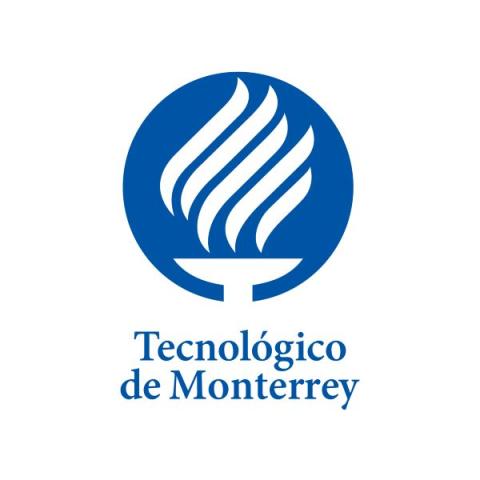
Introducing the ‘virtual rally’ – a strategy for collaborative learning
A virtual rally is an online event that recreates the experience of a live rally, but using digital tools, with the participants competing as teams and solving challenges using an online platform. This activity encourages peer collaboration and develops assertive communication; it also fosters a sense of community since it provides an exciting experience that encourages social interaction. Given our experience, we would say the characteristics of a virtual rally are beneficial as an academic activity regardless of the particularities of your course. In this piece, we will outline how to design and implement a virtual rally of your own.
Design recommendations
First, you must establish objectives that develop competencies and help fulfil course learning. As part of this, review which topics will be likely to require theory reinforcement. Then focus on designing activities that are both challenging and relevant to learning – you can create stations with challenges such as trivia, an escape room, Jeopardy or a treasure hunt.
Through your design, be sure to encourage teamwork and incentivise communication; this will allow students to get to know other participants, work together to complete the rally’s challenges and reach agreements and establish a dialogue. It might be necessary and useful to define a set time for group socialisation and interaction.
- Gamification in the classroom: what have we learned?
- Ready, player one? How video games can help engage students
- Generating immersive, large-scale teaching experiences in video games
Next, look for an app or tech tool that allows for synchronous interaction that can be used for your virtual rally, such as gamification platforms (Kahoot!, Quizizz, Blooket), online learning platforms (Moodle, Canvas, Blackboard, Edmodo), videoconference platforms (Zoom, Google Meet, Microsoft Teams, Webex), social networks (Facebook, Twitter, Instagram, LinkedIn) and immediate communication tools (Classting, Remind, WhatsApp). Your choice of app will depend on your course’s objectives and needs.
Don’t shy away from promoting healthy competition to increase interest and excitement for the rally, but of course participants must be reminded to compete fairly and respectfully without developing rivalry or hostility. This way, they will feel involved and motivated to actively participate. You can even offer prizes and awards for outstanding teams or participants.
These recommendations were implemented successfully in a virtual rally of a massive online course on mythology. More than 70 students from various programmes, semesters and campuses attended, with a professor and a group of teaching assistants jointly tending to the students’ learning process.
In our case, being a massive online course, we split the teams into three events over three days to implement the rally strategy appropriately and in good order. For each event, two hours were allotted to complete the activity and the teams were spread across five stations, so all of them could be used simultaneously. In addition to a leader-teacher at each station, there were assistants on hand to guide students through the rally and indicate at which station they were to participate.
We found this rally format can help online-only students in particular, who often shy away from collaborative activities in online courses due to the limited socialisation they’ve had resulting from not interacting face to face with their schoolmates. Unfortunately, this can too often translate into a lack of motivation and sense of belonging to the group, which can be conducive to poor communication and underperforming in collaborative activities.
Implementation recommendations
It is crucial to reward and acknowledge students for completing the activity, perhaps giving out extra points or other academic bonuses. You should also create anticipation for the activity by creating a promotional campaign using official communication channels. And don’t forget to establish training and trial sessions to familiarise participants with the technology to be employed in case the app or apps being used are new to the users.
If you have a large course, divide the group so they can participate in the rally on different days. This will help you to manage the experience properly, keep the activities under control and provide an enjoyable experience. Assign a professor to each station to observe and record the students’ performance – feel free to invite other colleagues to participate, too – and be sure to design forms that are easy for the teacher to fill in. Last, create an activity after the rally where students can show and reflect on the acquired learning; a survey or questionnaire works pretty well for this.
If you follow these guidelines when designing and implementing a virtual rally, you should generate a sense of community in your class by increasing their attention, performance and learning as part of a truly collaborative process. And, of course, it’s also a fun and attractive way of strengthening theoretical knowledge. Go ahead and try it.
Rebeca Elizabeth Alvarado Ramírez is director of educational innovation and digital experience for the schools of humanities, education, architecture, art and design, social sciences and government at Tecnológico de Monterrey, Mexico.
Dania Lorenia Arriola Arteaga is digital experience professor, educational innovation and digital learning at Tecnológico de Monterrey, Mexico.
If you would like advice and insight from academics and university staff delivered direct to your inbox each week, sign up for the Campus newsletter.




